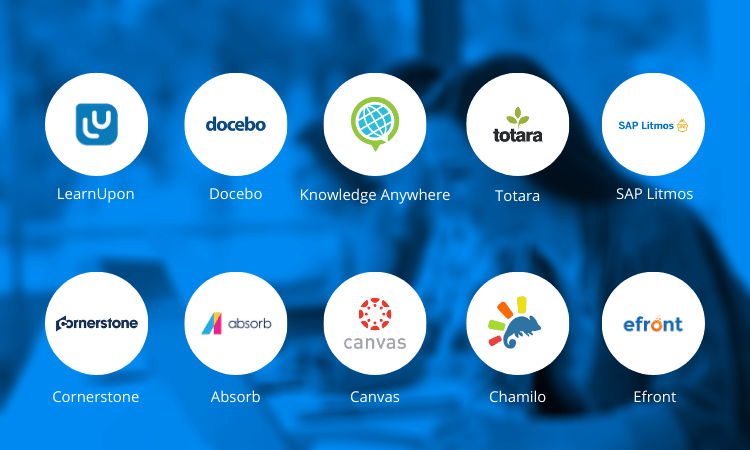So you’re just starting out in the world of software development and you’re eager to learn and master a new technical skill. But with the vast array of software tools available, it can be overwhelming to decide where to focus your energy. Should you learn Python, Java, or maybe even C++? In this article, we’ll explore the pros and cons of different software tools to help you make an informed decision and choose the best one for your learning journey.
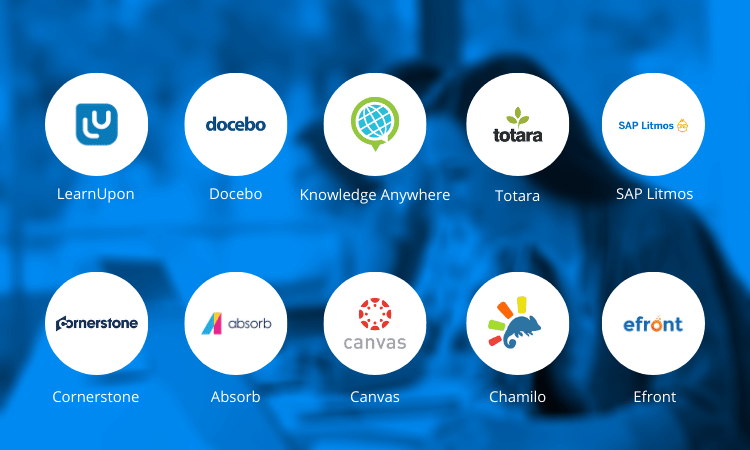
This image is property of www.elucidat.com.
Programming Languages
Python
Python is a versatile and beginner-friendly programming language that is widely used in many fields such as web development, data analysis, and artificial intelligence. It has a simple and readable syntax, making it a great choice for beginners. Python can be used to build websites, automate tasks, and develop machine learning algorithms. It also has a vast collection of libraries and frameworks that make coding easier and faster.
Java
Java is a cross-platform programming language that is widely used for building enterprise-level applications, mobile apps, and games. It has a large community and extensive documentation, making it easy to find resources and support. Java’s robustness and security features make it suitable for large-scale projects. It also offers strong support for multithreading, allowing for better performance and scalability.
JavaScript
JavaScript is the programming language of the web. It is primarily used to add interactivity and dynamic content to websites. JavaScript can be used to create interactive forms, validate user input, create animations, and make AJAX calls. It is also supported by all modern browsers, making it a powerful tool for front-end web development. In recent years, JavaScript has gained popularity in back-end development as well, thanks to frameworks like Node.js.
C++
C++ is a powerful language that is widely used for system programming, game development, and performance-critical applications. It offers low-level control and high-performance execution, making it the language of choice for tasks that require efficiency and speed. C++ is also the basis for many other programming languages, such as Java and C#, so learning C++ can provide a solid foundation for learning other languages.
Ruby
Ruby is a dynamic and object-oriented programming language known for its simplicity and expressiveness. It is often used for web development, thanks to its popular framework Ruby on Rails. Ruby’s syntax is designed to be natural and easy to read, which makes it a great choice for beginners. It also has a large and active community, making it easy to find support and resources.
Web Development
HTML
HTML (Hypertext Markup Language) is the standard markup language for creating web pages. It provides the structure and content of a webpage and is an essential skill for web developers. HTML uses tags to define elements such as headings, paragraphs, images, and links. It is a relatively simple language to learn and is essential for building the foundation of any website.
CSS
CSS (Cascading Style Sheets) is used to control the visual presentation of a web page. It allows developers to style and format the HTML elements and create attractive and responsive designs. CSS provides a wide range of styling options, such as changing colors, fonts, and layout. It is an essential skill for web designers and developers who want to create visually appealing websites.
JavaScript Frameworks
JavaScript frameworks like React, Angular, and Vue.js are powerful tools for building dynamic and interactive web applications. They provide a collection of pre-written code and libraries that make it easier to develop complex functionalities. These frameworks follow the Model-View-Controller (MVC) pattern, allowing developers to separate the logic from the presentation. Learning a JavaScript framework can greatly enhance productivity and enable you to create modern and responsive web applications.
Content Management Systems (CMS)
Content Management Systems (CMS) like WordPress, Drupal, and Joomla are used to create and manage websites without the need for coding. They provide a user-friendly interface for creating and editing content, managing media files, and customizing the design and layout. CMSs are widely used for blogs, e-commerce sites, and corporate websites. Learning a CMS can be beneficial for individuals and businesses who want to build and maintain a website without extensive coding knowledge.
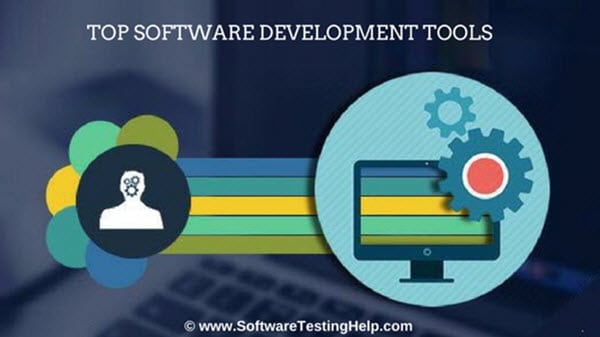
This image is property of www.softwaretestinghelp.com.
Data Analysis and Visualization
SQL
SQL (Structured Query Language) is a programming language used for managing and manipulating relational databases. It allows users to query, update, and delete data from databases, as well as create and modify database structures. SQL is essential for those working with large datasets and performing data analysis tasks. It is widely used in industries such as finance, marketing, and healthcare.
R
R is a programming language and environment specifically designed for statistical computing and graphics. It is widely used in data analysis and research fields. R offers a vast number of statistical and graphical techniques, making it the language of choice for statisticians and data scientists. It also has a large and active community, providing access to numerous packages and libraries for data manipulation and visualization.
Tableau
Tableau is a powerful data visualization and business intelligence tool that allows users to create interactive dashboards and reports. It enables users to connect to various data sources, create visualizations, and share insights with others. Tableau simplifies complex data analysis and helps users make data-driven decisions. It offers a drag-and-drop interface, making it easy to create visually appealing and interactive visualizations.
Excel
Excel is a widely used spreadsheet program that offers powerful data analysis and visualization capabilities. It allows users to organize, analyze, and visualize data using various functions and formulas. Excel is commonly used for tasks such as data cleaning, data transformation, and basic statistical analysis. It also offers basic charting tools for creating simple visualizations.
Artificial Intelligence and Machine Learning
TensorFlow
TensorFlow is an open-source machine learning framework developed by Google. It provides a comprehensive set of tools and libraries for building and deploying machine learning models. TensorFlow is widely used in various domains, including computer vision, natural language processing, and reinforcement learning. It offers flexibility, scalability, and support for both Python and C++, making it a popular choice among machine learning practitioners.
Python Libraries
Python offers a wide range of libraries for artificial intelligence and machine learning. Libraries such as numpy, pandas, scikit-learn, and keras provide powerful tools for data manipulation, statistical analysis, and building machine learning models. Python’s simplicity and readability, combined with these libraries, make it a popular choice for AI and ML projects.
Neural Networks
Neural networks are a subset of machine learning algorithms that are inspired by the structure and function of the human brain. They are used for tasks such as image recognition, natural language processing, and speech recognition. Neural networks learn from data and adjust their internal parameters to make accurate predictions. Deep learning, a subset of neural networks, has gained popularity in recent years due to its ability to handle large and complex datasets.
Deep Learning
Deep learning is a subfield of machine learning that focuses on algorithms and models inspired by neural networks. It involves training models on large datasets to automatically learn and extract features from raw data. Deep learning has been successful in applications such as image and speech recognition, natural language processing, and autonomous driving. It requires powerful hardware and computational resources but has the potential to revolutionize various industries.
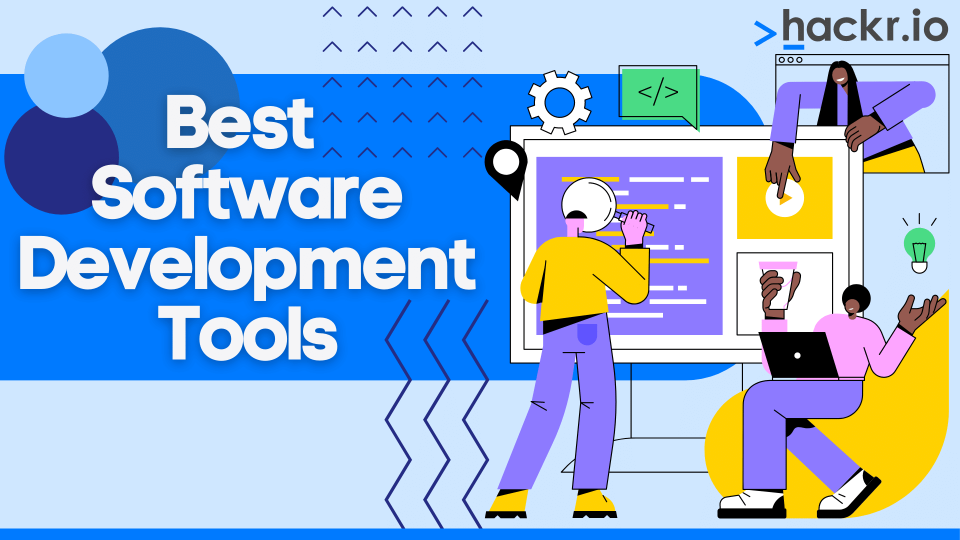
This image is property of cdn.hackr.io.
Mobile App Development
Android
Android is an open-source mobile operating system developed by Google. It is the most popular mobile platform, powering millions of smartphones and tablets worldwide. Android app development requires the use of Java or Kotlin programming languages, as well as the Android Software Development Kit (SDK). The Android platform offers a wide range of tools, libraries, and APIs for building innovative and user-friendly mobile applications.
iOS
iOS is the mobile operating system developed by Apple for its iPhone, iPad, and iPod devices. iOS app development requires the use of the Swift programming language, as well as the iOS Software Development Kit (SDK). Developing for iOS allows you to access a large and lucrative market, thanks to the popularity of Apple devices. The iOS platform also provides a range of tools, frameworks, and resources for creating high-quality applications.
React Native
React Native is a popular framework for developing cross-platform mobile applications. It allows developers to write code once and deploy it on multiple platforms, such as Android and iOS. React Native uses JavaScript as its programming language and provides a set of reusable components and APIs for building native-like user interfaces. It combines the advantages of native app performance with the flexibility and productivity of web development.
Swift
Swift is a powerful and intuitive programming language specifically designed for iOS, macOS, watchOS, and tvOS development. It is used to create native applications for Apple devices. Swift offers modern syntax, type safety, and powerful performance optimization features. It is a preferred language for iOS app development due to its speed, safety, and ease of use.
Graphic Design
Adobe Photoshop
Adobe Photoshop is the industry-standard software for photo editing, graphic design, and digital painting. It offers a wide range of tools and features for manipulating images, creating digital artwork, and designing graphical elements. Photoshop is used by graphic designers, photographers, and artists to create stunning visuals for print and web.
Adobe Illustrator
Adobe Illustrator is a vector graphics editor used for creating illustrations, logos, and other graphic designs. It allows designers to create scalable and editable artwork that can be used in various contexts, from small icons to large billboards. Illustrator offers advanced drawing and typography tools, making it the go-to software for designers who work with vector graphics.
CorelDRAW
CorelDRAW is a popular vector graphics editor that offers similar functionality to Adobe Illustrator. It is known for its user-friendly interface, extensive toolset, and advanced features for creating professional designs. CorelDRAW is often used for creating illustrations, page layouts, and graphic designs for print and web.
InDesign
Adobe InDesign is a desktop publishing software used for creating and formatting documents such as brochures, flyers, magazines, and books. It offers advanced typography and layout tools, allowing designers to create visually appealing and well-structured publications. InDesign seamlessly integrates with other Adobe software, making it a preferred choice for professional graphic designers and publishers.

This image is property of www.predictiveanalyticstoday.com.
Video Editing
Adobe Premiere Pro
Adobe Premiere Pro is a leading video editing software used for professional video production. It offers a wide range of tools and features for editing, compositing, and adding effects to videos. Premiere Pro supports a variety of video formats and provides seamless integration with other Adobe Creative Cloud applications. It is widely used by filmmakers, video editors, and content creators.
Final Cut Pro
Final Cut Pro is a professional video editing software developed by Apple. It is designed specifically for Mac users and offers advanced editing features, real-time effects, and powerful media organization tools. Final Cut Pro is popular among video professionals and has been used to edit feature films, commercials, and music videos.
DaVinci Resolve
DaVinci Resolve is a comprehensive video editing, color correction, and post-production software. It offers advanced editing tools, professional color grading features, and visual effects capabilities. DaVinci Resolve has a free version that provides all the essential features, making it accessible to beginners and professionals alike.
iMovie
iMovie is a user-friendly video editing software developed by Apple. It is designed for casual users who want to create simple videos without the need for advanced editing features. iMovie offers easy-to-use tools for trimming, adding transitions, and applying basic effects. It is a great choice for beginners or those who want to quickly edit videos on their Mac or iOS device.
Project Management
Microsoft Project
Microsoft Project is a project management software that allows users to plan, track, and control projects. It offers a wide range of tools and features for scheduling tasks, managing resources, and analyzing project data. Microsoft Project is widely used in industries such as construction, engineering, and IT for managing large-scale projects.
Trello
Trello is a web-based project management tool that uses boards, lists, and cards to organize and track tasks. It offers a simple and intuitive interface, making it easy to collaborate and manage projects. Trello is suitable for individuals, small teams, and even large organizations. It is widely used in various industries for managing projects, workflows, and to-do lists.
Asana
Asana is a cloud-based project management tool that helps teams organize, track, and manage their work. It provides a central platform for task management, project planning, and communication. Asana offers a range of features such as task assignments, deadline tracking, and progress monitoring. It is used by teams of all sizes and across different industries to streamline their workflows and improve collaboration.
Basecamp
Basecamp is a project management and collaboration platform that focuses on simplicity and ease of use. It offers a range of features such as task management, document sharing, and real-time messaging. Basecamp provides a centralized hub for teams to communicate, collaborate, and stay organized. It is particularly suited for remote teams or those who prefer a straightforward and streamlined project management solution.
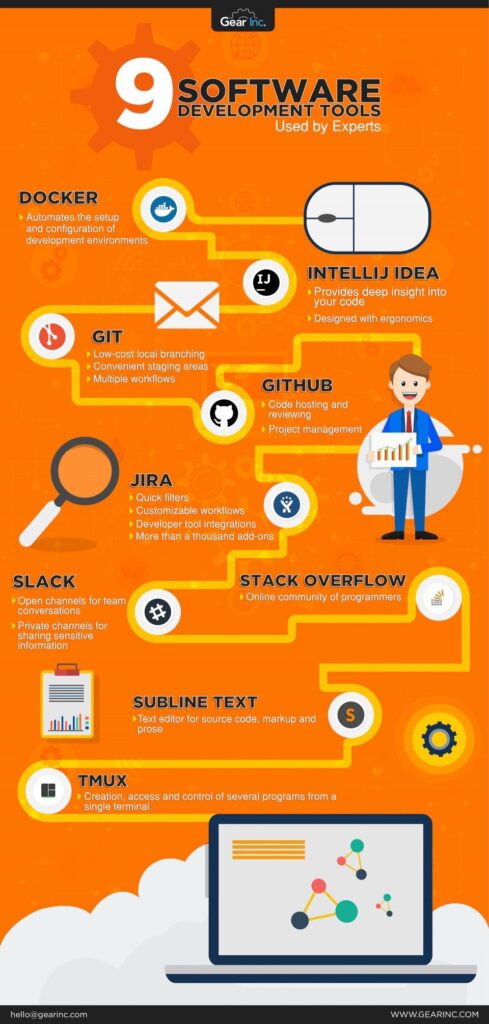
This image is property of cdn-infographic.pressidium.com.
Game Development
Unity
Unity is a popular game development engine used for creating 2D and 3D games. It offers a wide range of tools, features, and a visual scripting system that makes it accessible to beginners. Unity supports multiple platforms, including Windows, Mac, iOS, Android, and many more. It is widely used by indie developers and large studios alike to create games for a variety of platforms.
Unreal Engine
Unreal Engine is a powerful game development engine that offers high-end graphics, physics simulation, and realistic rendering capabilities. It is known for its visual scripting system called Blueprint, which allows designers and non-programmers to create interactive gameplay without coding. Unreal Engine is widely used for creating AAA games and is the engine behind many popular titles.
Godot
Godot is an open-source game engine that offers a lightweight and feature-rich development environment. It provides a great balance between ease of use and power, making it suitable for both beginners and experienced developers. Godot supports 2D and 3D game development, and its unique scene-based approach allows for easy organization and management of game assets. It is a popular choice among indie game developers.
CryEngine
CryEngine is a game development engine known for its cutting-edge graphics and immersive gameplay capabilities. It is widely used for creating high-quality games, simulations, and virtual reality experiences. CryEngine provides a range of features such as advanced lighting and physics systems, dynamic world creation, and access to a vast library of ready-made assets. It is a powerful tool for developers looking to create visually stunning and realistic games.
Cybersecurity
Wireshark
Wireshark is a popular network protocol analyzer used for analyzing network traffic and troubleshooting network issues. It allows users to capture, inspect, and analyze packets in real-time. Wireshark supports a wide range of protocols and offers powerful filtering and search capabilities. It is an essential tool for network administrators, security professionals, and anyone interested in understanding network communications.
Nmap
Nmap (Network Mapper) is a powerful network scanning tool used for discovering hosts and services on a network. It allows users to scan for open ports, detect vulnerabilities, and perform security audits. Nmap supports a variety of scanning techniques and provides detailed information about network devices and their configurations. It is widely used by network administrators and penetration testers for network reconnaissance.
Metasploit
Metasploit is a penetration testing framework that allows users to identify and exploit vulnerabilities in systems and networks. It provides a collection of tools, exploits, and payloads for performing security assessments and testing the effectiveness of security controls. Metasploit is widely used by security professionals to assess and improve the security posture of organizations.
Kali Linux
Kali Linux is a Linux distribution designed for penetration testing and digital forensics. It comes pre-installed with a large collection of tools and utilities for various security tasks, such as vulnerability analysis, network scanning, and password cracking. Kali Linux is widely used by ethical hackers, security professionals, and digital forensics experts for testing and securing network and system environments.
In conclusion, the best software tools to learn depend on one’s specific goals and interests. For programming, Python, Java, JavaScript, C++, and Ruby are excellent choices with different applications and domains. When it comes to web development, HTML, CSS, JavaScript frameworks, and content management systems are essential skills. In the field of data analysis and visualization, SQL, R, Tableau, and Excel provide powerful tools to work with data. Artificial intelligence and machine learning require knowledge of TensorFlow, Python libraries, neural networks, and deep learning. Mobile app development includes Android, iOS, React Native, and Swift. Graphic designers would benefit from learning Adobe Photoshop, Adobe Illustrator, CorelDRAW, and InDesign. Video editing software such as Adobe Premiere Pro, Final Cut Pro, DaVinci Resolve, and iMovie are popular choices. Project management tools like Microsoft Project, Trello, Asana, and Basecamp aid in managing and organizing projects. For game development, Unity, Unreal Engine, Godot, and CryEngine are widely used engines. In the field of cybersecurity, Wireshark, Nmap, Metasploit, and Kali Linux offer essential tools for network analysis, vulnerability assessment, and penetration testing. Choosing the best software tool to learn depends on individuals’ interests, career goals, and the specific domain they want to specialize in.
